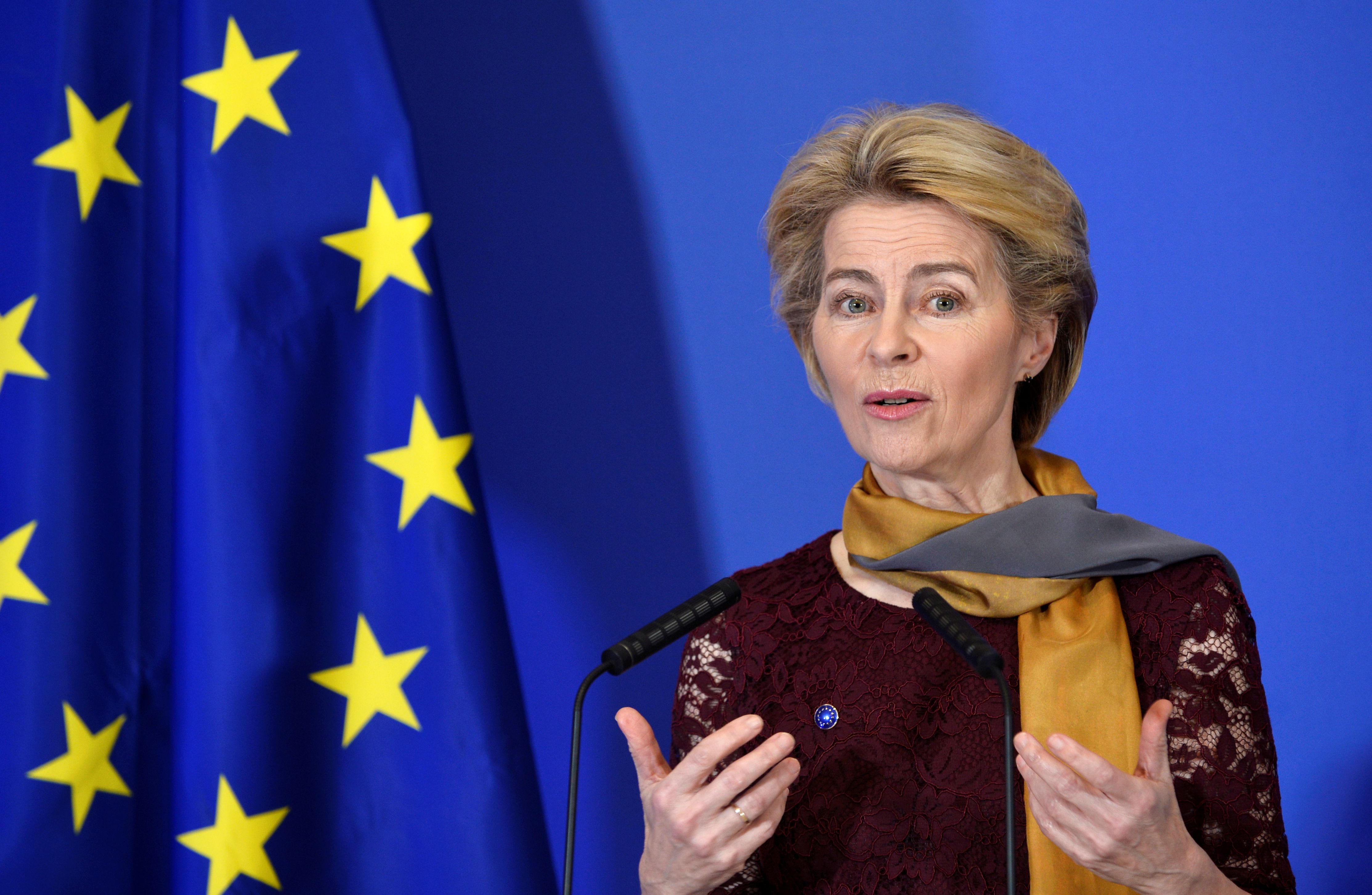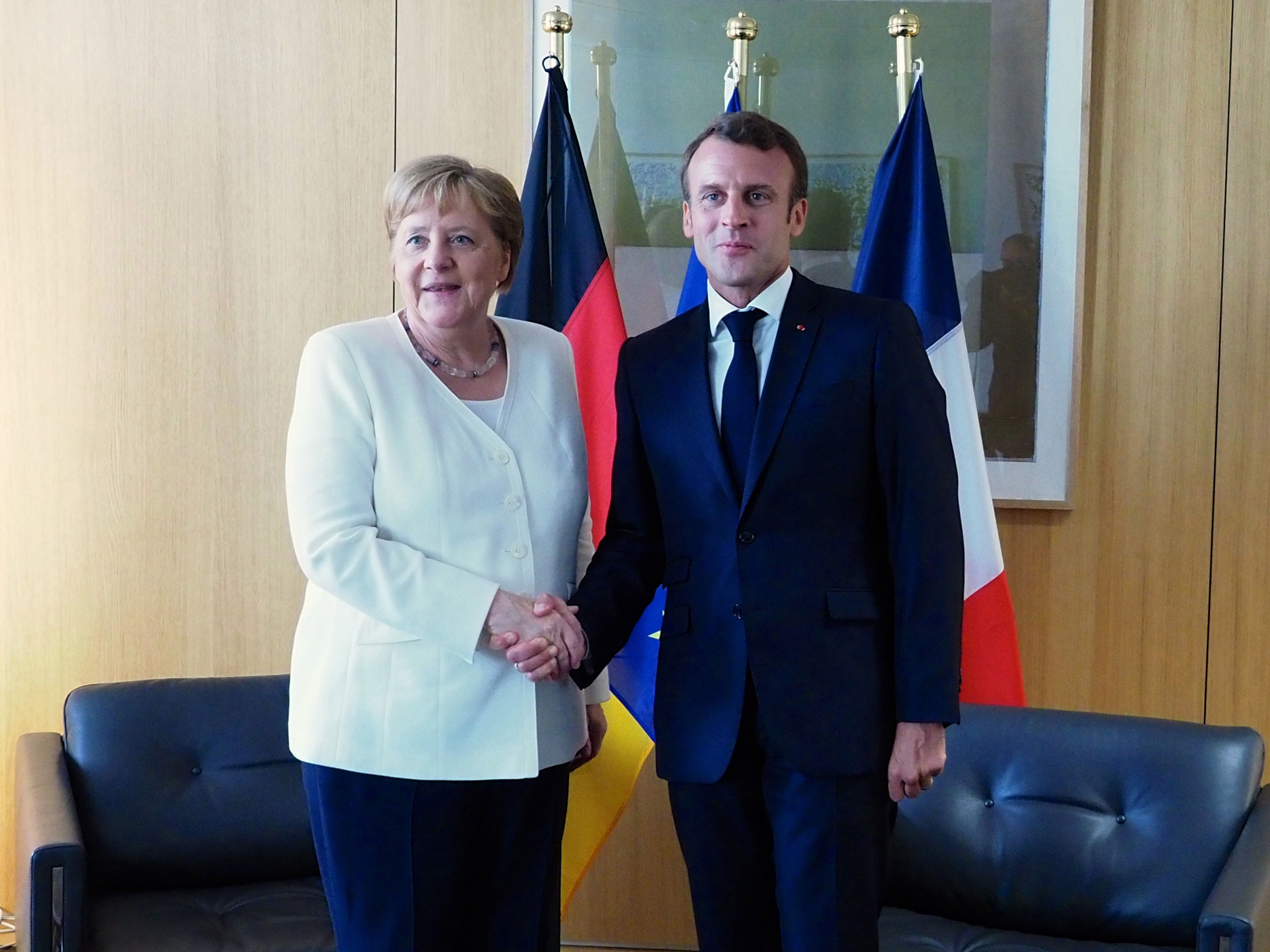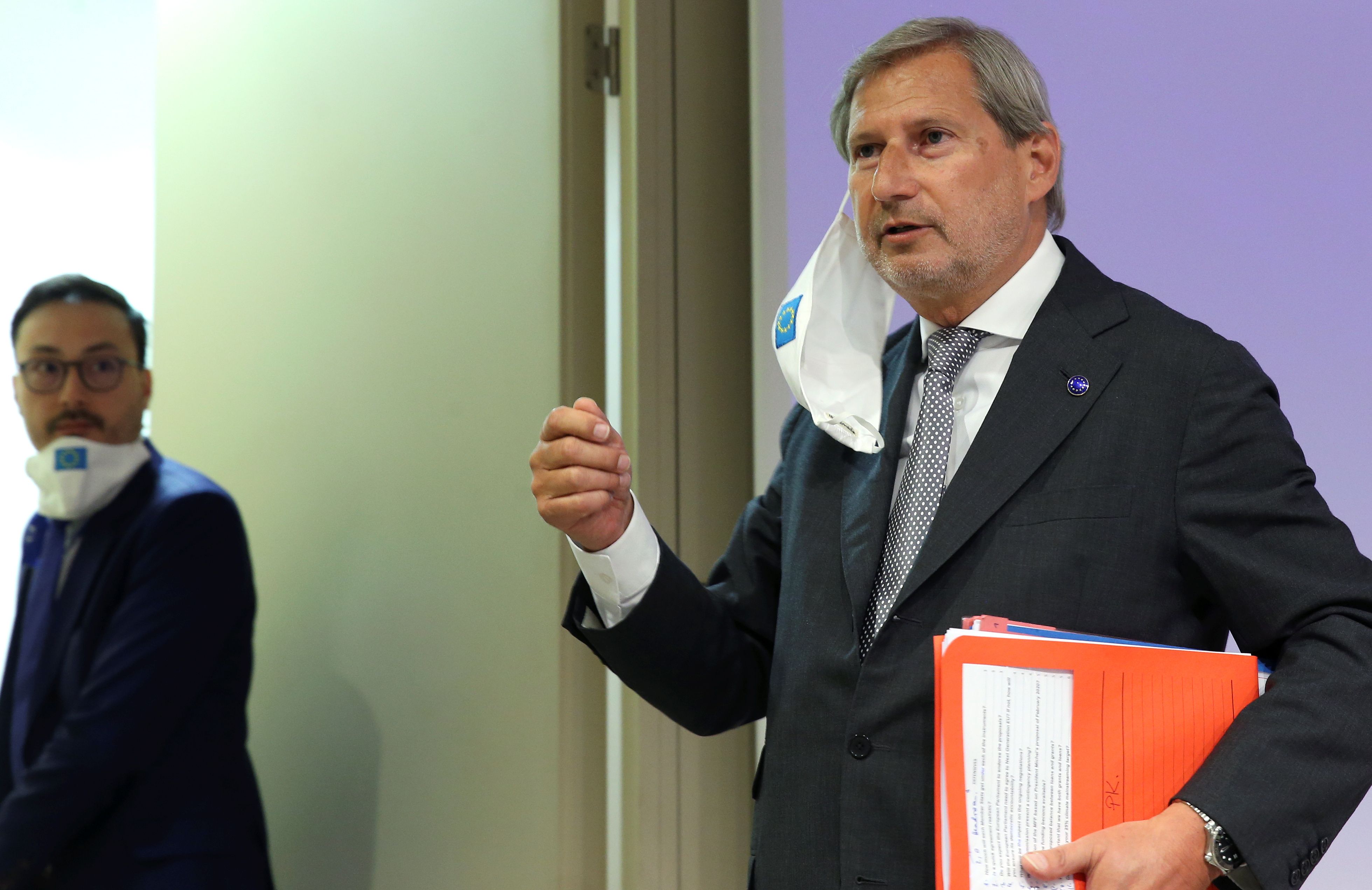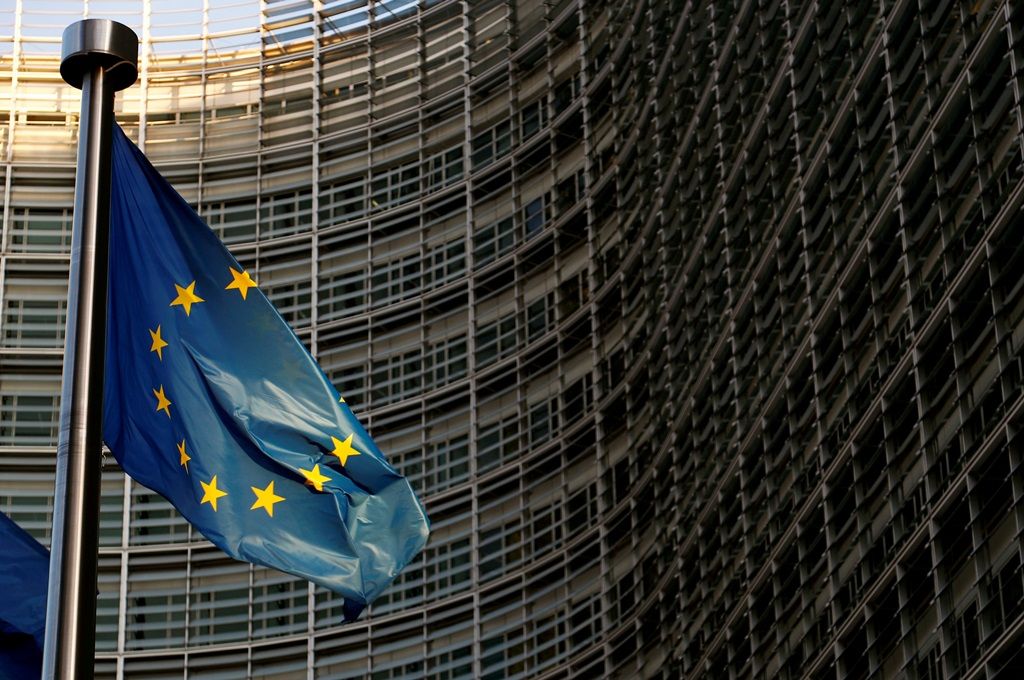“Next Generation EU”: Economic Recovery through Shared Debt

Historical Joint Bond Issuance
On 18 May, Germany and France presented a proposal for a recovery fund to counter the COVID-19 pandemic. It envisages raising €500 billion from the financial markets, which would be distributed as grants. The support for the joint bonds of Germany, which so far has opposed EU debt instruments, was a breakthrough.
On 27 May, the EC proposed the Next Generation EU (NG), a mechanism creating €750 billion of debt on behalf of Union countries, two-thirds of which would be distributed as grants and one-third as loans. The EC would issue bonds guaranteed by Member State contributions to the seven-year EU budget, the Multiannual Financial Framework (MFF). The EC proposes to repay the debt in the period 2028-2058 using the EU’s own resources derived from new revenues: the border carbon tax, aviation and maritime emission fees in the emissions trading system (ETS), a digital tax, or own resources stemming from companies hugely benefiting from the single market.
The EU has the highest credit rating so the interest rate will be low. At the same time, the scarcity of euro treasuries with such high ratings implies high demand for the EU bonds. This would also strengthen the role of the euro as a global reserve currency. Some of the debt will surely be bought by China, which is a major investor in treasury securities of developed economies, including Bunds, worth around 7% of German GDP. On the other hand, the risk in China purchasing NG bonds is small. Given the likely high demand and long repayment period, a potential sell-off is unlikely to lead to a dangerous increase in the interest rate. The Chinese own about $1.1 trillion in U.S. treasuries but this hasn’t limited U.S. administrations.
The NG will primarily contribute to the newly established Recovery and Resilience Facility (€560 billion, 80% of the funds) to support investment and economic reform in the Member States. The remaining funds will strengthen various measures, including cohesion policy (REACT-EU initiative, €50 billion in the first two years), the Common Agricultural Policy (€15 billion, in particular actions in line with decarbonisation objectives), and the Just Transition Fund (€30 billion).
Like the Franco-German initiative, the EC insists that economic recovery should be based on the European Green Deal, the EU’s carbon-neutrality programme, and the deepening of the Digital Single Market.
Necessary EU Economic Support
Economic and social, institutional, and political considerations favour the creation of the new stimulus fund. The EU economy will be in recession this year, with GDP predicted to fall by more than 7% in 2020 (by 11-16% if there is a second COVID-19 wave in autumn). One of the main problems in stimulating the economies of the southern euro area countries is high debt levels—Greece’s public debt is 177% of GDP, Italy’s, 135%, Portugal’s, 118%, Spain’s, 96% (see Fig. 1). It’s difficult for these countries to afford their own broad stimulus packages. Of the €2 trillion of state aid approved by the EC since the outbreak of the pandemic, 51% has come from Germany, 17% from France, and just under 16% from Italy. This indicates the huge scale of state intervention in the German economy, surpassing combined aid by all other countries. Furthermore, in Southern European countries, even before the crisis, unemployment was very high (above 10%, see Table 1). In addition, tourism is a significant share of southern Member States’ GDPs: Greece, 21%, Spain, 14%, and Italy, 13%. Unemployment is a burden on budgets and hampers consumption and weakens human capital. On the other hand, the collapse of tourism as a result of the pandemic, will not only increase unemployment but also reduce state revenues, which will further drive increases in budget deficits and, as a result, public debt. For this reason, the recession in these economies will be at least 2 percentage points deeper than the EU average. Without the help of the euro area or the EU, there is the risk that they will fall into another spiral of rising debt. In turn, a balanced economic recovery in all the Member States should support development across the EU.
The need to issue common bonds has emerged as uncertainty has grown about the support provided by the European Central Bank (ECB). The uncertainties were influenced by the statement by ECB President Christine Lagarde in March and a ruling by the German Federal Constitutional Court in May. This forced Germany to swiftly reach agreement with France on supporting the Member States most burdened by the pandemic.
It is also necessary for the EU to show solidarity to counter a strong rise in Eurosceptic tendencies or openly anti-EU theme in countries that have demanded joint debt issuance to finance the recovery of the economy, including in the euro area and in particular Italy and Spain.
Challenges of the Negotiations
The thorniest issue will be how much of the NG should be disbursed as grants and how much as loans. The countries of the so-called “frugal four”—the Netherlands and Austria, together with Denmark and Sweden, outside the euro area—are now pushing for loans rather than grants to be the main form of the support. However, loans will not change the situation of the Member States most affected by COVID‑19, simply result in additional debt. The outcome of this discussion will determine the scale of the EU aid granted to southern economies.
The disputes also concern how to repay the joint debt. The EC has proposed financing the NG from new own resources (the EC estimates it can raise €35 billion per year) and to postpone for several years the discussions about the details of repayment. The delay may allow a compromise to be reached on how to borrow and how to spend it, but agreement on these solutions will still be difficult to achieve. The Netherlands has been against the introduction of a digital tax. The border carbon tax is difficult to implement and risks escalating the trade dispute with the U.S. Previous attempts to integrate aviation into the ETS have also failed. These controversies can put countries in the frugal group, restrained in agreeing to the new MFF and NG.
The German-French proposal also mentioned sound economic policy and an ambitious reform plan as conditions for the funding. The EC’s proposal requires that recovery facility funds be spent in line with EU policy priorities and subject to the European Semester, a procedure for coordinating economic policies. The funding is to be paid in instalments depending on the implementation of national reform programmes. This conditionality of support can become a source of disagreement during negotiations on the details of the functioning of the recovery facility.
Conclusions
The NG, as part of the next MFF, will become a financial tool available to all EU members. It will therefore not deepen the divisions between the euro area and other Member States. While a one-off solution, the NG will pave the way for targeted funds financed by debt instruments in response to future crises. The proposal to finance it by bond issuance has made it possible to avoid cuts to the draft EU budget for 2021–2027, particularly to cohesion funds or the Common Agricultural Policy. To effectively support the economic recovery, rapid decisions are needed for planning and carrying out investments from 2021.
Linking the stimulus package to the EU budget is beneficial for Poland because, unlike alternative solutions that involve the euro area, it will be able to benefit from it. Based on the EC’s proposal, Poland will be able to count on €37.7 billion in grants and €25.1 billion in loans under the Recovery Facility, it and will be the biggest beneficiary of the Just Transition Fund.
Figure 1. Public Debt as a Percentage of GDP in Selected Euro Area Member States
Source: Eurostat.
Table 1. Selected Economic Indicators in the Euro Area
Source: Eurostat.





